New redox mediators and improved electrocatalytic materials for the functionalization of carbon-hydrogen bonds by electrosynthesis.
October 2018 – September 2022
Functionalization of inert carbon-hydrogen (C-H) bonds is an important reaction in the chemical industry. The introduction of functional groups (e.g. oxygen, nitrogen, sulfur, … atom) in otherwise inert molecules is necessary to construct more complex molecules for the bulk and fine chemicals industry. However, an organic molecule contains multiple C-H bonds (the most common bond in organic molecules) and the selective functionalization of a specific C-H bond with chemical reactants is therefore very difficult to achieve. New chemoselective C-H functionalization methods for late stage functionalization with the production of low amounts of (harmful) waste are therefore important to make organic synthesis more efficient and sustainable. Electrosynthesis is a promising alternative, although currently suffering from low chemoselectivity. By adding a homogeneous catalyst (redox mediator) this lingering problem can be overcome, but an electrochemically activation step of the redox mediator is required. In the current state-of-the-art this is performed with inert electrode materials (e.g. glassy carbon), resulting in low yield and energy intensive processes with excessive required amounts of redox mediator. Hence, there is a strong need for improved electrocatalytic materials in combination with more active redox mediators.
In general this research projects aims to develop new electrocatalytic materials for the charge transfer to redox mediators for C-H bond cleavage in organic substrates. To achieve this goal we will use a step-wise electrocatalytic approach to obtain an optimal catalytic performance for the charge transfer to redox mediators. In a first step, bulk electrode materials will undergo a preliminary screening to identify possible materials that possess high electrocatalytic activities. In a second step, the activity of the electrode surface is further improved by (i) moving towards nanoparticles dispersed on a support and (ii) by introducing an alloy with a second or third metal. The redox mediator represents one of the key-elements in successfully implementing C-H bond functionalization. Therefore, we will examine redox mediators in combination with the electrocatalysts. As a case-study the electrochemical C-H oxygenation making use of quinuclidine mediator will be selected as model reaction.
The above mentioned research questions will require an intertwined approach combining electrocatalysis (expertise of the ELCAT research group) with state of the art organic synthesis (expertise of the ORSY research group).

